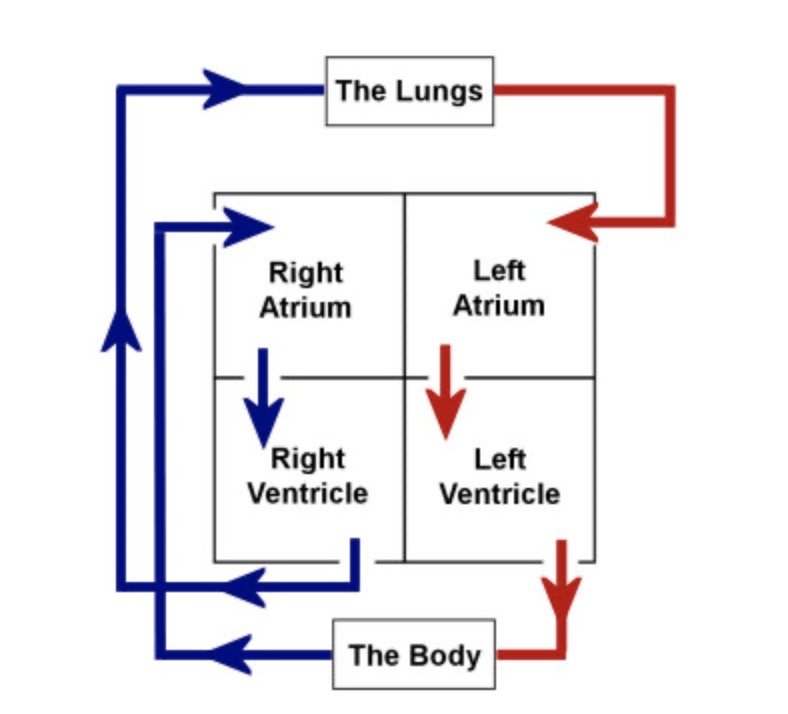Health Equity Column, AAP Newsletter #4, All Bodies Are Good Bodies
As our children return to the community for another school year’s commencement, we will focus our next few Equity Columns on topics pertinent to this time of year. This month, we want to highlight the importance of body-neutral speech and the Health at Every Size (HAES) movement. A part of our job as pediatricians is to lay down a framework in childhood and adolescence for a continued positive and healthy relationship with our own bodies, nutrition, and physical activity to last the lifespan.
Health Equity Column, AAP Newsletter #3, “PRIDE”
Happy PRIDE Month!
June marks our annual celebration of Pride Month and offers us an important opportunity to review and recommit to the multifaceted ways that we can serve as good allies to LGBTQI+ children and families. As pediatricians, we often are the trusted guide families turn to during childhood and adolescence when questions regarding gender, gender identity, and sexual orientation is explored by our patients.
Health Equity Column, AAP Newsletter #2, “Nature Equity”
As the weather turns toward perpetual bright, blue skies and warm sunshine, our pull heightens to spend much-needed, unplugged time enjoying nature and its many innumerable benefits. Although intuitive, research substantiates that equitable access to clean and safe green spaces is essential to both our mental and physical well-being. Spending time in nature, listening to nature sounds, smelling the aroma of trees and green vegetation, getting your hands in the dirt, eating whole foods, and seeing views of nature helps decrease stress, anxiety, and depression, improves our immune response, improves our sleep, enhances cognitive performance and development, improves post-surgery recovery times, and mitigates the effects of ACES.
Health Equity Column, AAP Newsletter #1, “Food Insecurity”
This month’s health equity focus is on food insecurity, defined as the “lack of adequate and dependable food resources for families to maintain a healthy and active lifestyle”.
The COVID-19 pandemic increased US national rates of food insecurity in children from 1 in 7 households to 1 in 4 households. Food insecurity has long been associated with poor health status, developmental risk, mental health problems and poor educational outcomes in children. With the end of federal and state wide COVID subsidies, such as the child tax credit, complicated by the rising rates of inflation in our state, food insecurity continues to rise.
The People’s Pediatrician Goes to 5th Grade
I am the mother to 3 amazing children and my eldest child is 11, on the brink of starting middle school next year. I love coming into their classrooms and teaching a lesson on human physiology with the additional goal of introducing the concept of a medical career to these budding minds. What I know for sure is that representation matters and is important to see in every small and big corner of the world. I hope children see some version of themselves in me and believe they are capable of whatever they put their mind to with heart, hard work and dedication.
Black Maternal Mortality in the US
As many of us are already aware, the incidence of black maternal mortality in the U.S. continues to be one of the most egregious and salient modern day health disparities that requires our continued examination into its multifaceted causes, effects and repercussions. A maternal death is defined by the World Health Organization as, “the death of a woman while pregnant or within 42 days of termination of pregnancy, irrespective of the duration and the site of the pregnancy, from any cause related to or aggravated by the pregnancy or its management, but not from accidental or incidental causes”.
March 2023
The People’s Pediatrician goes to 5th grade
I am the mother to 3 amazing children and my eldest child is 11, on the brink of starting middle school next year. I love coming into their classrooms and teaching a lesson on human physiology with the additional goal of introducing the concept of a medical career to these budding minds. What I know for sure is that representation matters and is important to see in every small and big corner of the world. I hope children see some version of themselves in me and believe they are capable of whatever they put their mind to with heart, hard work and dedication.
COVID stopped me from creating these lessons plans until now. I am very excited to go to 5th grade this month and teach the heart—first, anatomically in all its beautiful complexity beyond its conventional, standard heart shape ❤️ and second, philosophically with a self-compassion lesson specifically designed for the tween mentality.
Wish me luck! Science has to be fun to be effective so there will be dancing, multiplication, pulse taking and anatomy learning with a special shout out to the most special, intelligent thing that the heart does for our bodies—nourishment of itself first (via the coronary arteries) in order to then do its job (pumping blood to the rest of the body) diligently. There is such beauty and wisdom in this physiology correlation that I plan to teach to the students, including how this specific aspect of the heart should parallel our emotional lives. May we all spread these important lessons to children as young as possible so we don’t have to course correct as adults.
I am attaching my lesson plan draft for anyone that would like to create their own teachable version in any kid friendly environment. Please reach out and share any of your own projects. I would love to see them.









